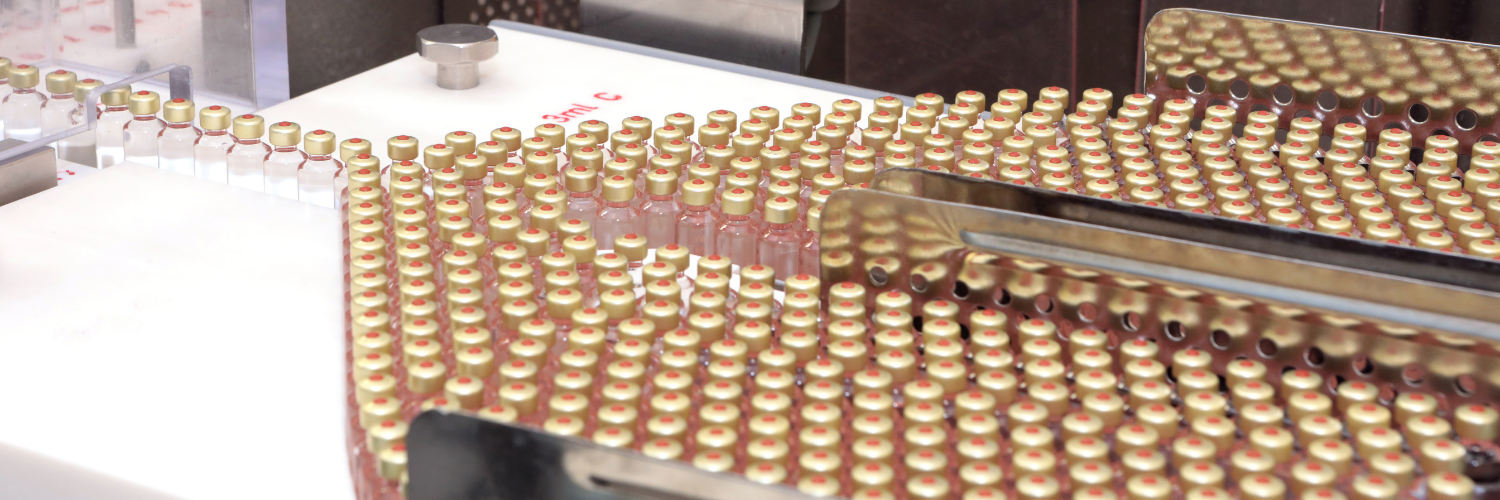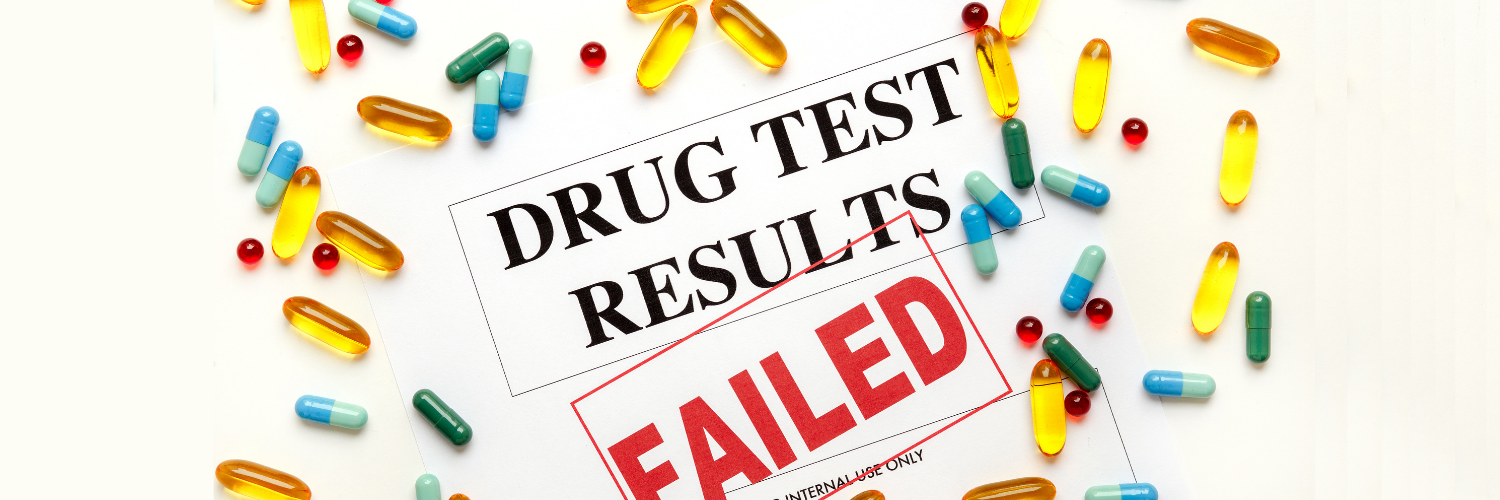How much does it cost to produce insulin?

Though Frederick Banting co-discovered insulin at the turn of the century — winning the Nobel for it in 1923 — the turn of the millennium brought a new, more horrific discovery: Big Pharma. With drug prices creeping up steadily since the 1990s in the U.S., insulin became the poster child of a crisis. Its prices have been going up with abandon, and, increasingly, diabetics can barely afford it, if at all. In 2016, nearly a century after Banting won the Nobel, those with type 1 diabetes spent an average of $5,705 out of pocket per person on insulin annually, per a report from the Health Care Cost Institute. Meanwhile, median household income in the U.S. in 2016 was just $59,309. Insulin alone could gobble up 10% of a person’s income.
How much does insulin cost?
Insulin can cost anywhere from $175 (for some generics) up to $600 for brand name insulin. With insurance, these costs can go as low as $20 per monthly supply. Most insurers cover insulin. We’ve pulled a few prices for you, below, of average U.S. prices.
| Insulin (generic) Strength Quantity | Average U.S. Price |
| Humalog (Insulin lispro) 10ml of 100 units 1 vial | $340 |
| Insulin Lispro (Generic) 10ml of 100 units 1 vial | $175.13 |
| Novolog (Insulin aspart) 5 flexpens/3 ml 1 carton | $661.92 |
| Insulin Aspart (Generic) 5 flexpens/3 ml 1 carton | $340.92 |
| Lantus (insulin glargine) 5 solostar pens 1 carton | $490.50 |
Average U.S. prices sourced from GoodRx.
How much does it cost to produce insulin?
Actual production costs are hard to procure, but a 2018 study found that active pharmaceutical ingredient (API) prices for various forms of insulin were the following:
-
$24,750 per kilogram of real human insulin
-
$68,757 per kilogram of insulin glargine
-
$100,000 per kilogram of insulin analogues
API price cannot reflect market prices. However, the same study concluded that, based on API costs, insulin analogues should cost at or below U.S. $133 per year while real human insulin should cost at or below $72 per year. With annual insulin costs pushing $6,000 per year, U.S. insulin prices are indeed inflated.
Why has insulin become so expensive?
Insulin is expensive because three companies carry 96% of the insulin market. Three is not enough companies to drive price competition, especially when your product is a matter of life and death. To boot, the U.S. government found that the three companies that carry the market share have illegally boosted drug prices — alongside pharmacy benefit managers — to drive profit.
For the moment, we are stuck with the Big Three: Novo Nordisk, Eli Lilly, and Sanofi.
In 2019, Senator Chuck Grassley (R - IA), launched an investigation into the big three companies as well as the country’s most powerful pharmacy benefit managers (PBMs), CVS Caremark, Express Scripts, and OptumRx. In January 2021, the U.S. Senate Committee on Finance released the findings of the investigation, unveiling undeniable evidence that Sanofi, Lilly, and Novo Nordisk actively ignored the needs of consumers by raising insulin prices without regard to the drug’s efficacy. Most importantly, the investigation also found that “insulin [research and development] spending was a fraction of manufacturers’ revenue and sales and marketing expenses.” Indeed, most pharmaceutical companies do spend more on marketing than they do on research and development.
Now, why do Novo Nordisk, Eli Lilly, and Sanofi raise insulin prices without regard to consumer need? The shortest answer: because they can. Currently, the U.S. does not regulate drug prices, instead leaving patients to the whims of the market. If we’re lucky, competition from generic manufacturers will push down drug prices, although this is increasingly unreliable, too.
Related: Why are drug prices in the U.S. so high?
Where can I find affordable insulin?
Many people cannot find affordable insulin, which is why groups have taken to travelling across borders to get their insulin in what is now called an “insulin caravan.” Discount cards may help; Eli Lilly offers a program that allows people with insurance to get their monthly insulin at a $35 copay. PharmacyChecker’s U.S. Discount Card offers a discount on the cash price of insulin. Novo Nordisk has a patient assistance program that, unlike Eli Lilly’s, actually extends a hand to those without insurance. Many states are implementing legislation that will provide low-cost emergency insulin.





